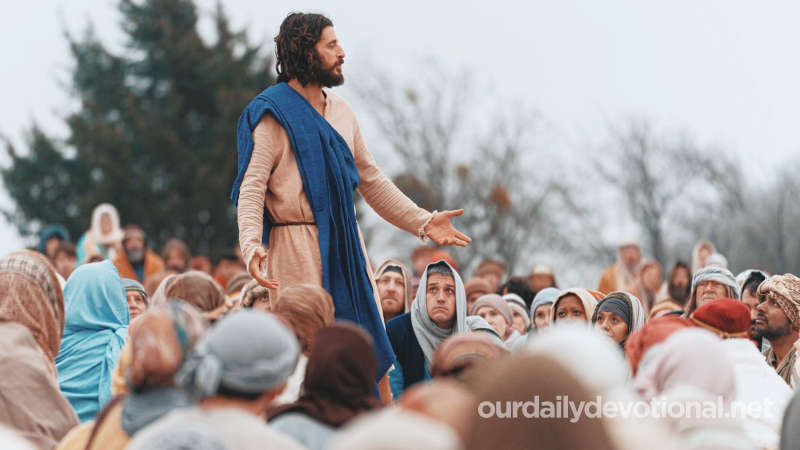(a) Content and plan. This book is divided into two sections:
(A) The Jews of Babylon return to Judea, led by Zerubbabel, in 538 BC. They reestablish the altar and the divine service, they rebuild the temple, despite the opposition of the Samaritans (Ezra 1-6).
(B) Leaving a period of 58 years in silence, the story resumes with the resumption of a second expedition of exiles, under the leadership of Ezra, in the year 458-457 BC. The text also recounts the energetic actions that Ezra took to put an end to the marriages of the Israelites with foreign women (Ezra 7-10). The book also contains copies of annals and official documents.
Provincial and historical documents are written in Aramaic (Ezra 4:8-6:18; 7:12-26). These are: copies of the letters the kings of Persia received from officials in the province "on the other side of the river" (Ezra 4:8-15; 5:8-17; 6:6-12); the king's responses and the decrees imposed on these officials (Ezra 4:17-22; 6:3-5; 7:12-16; cp. 7:21, 24); the brief historical account deals primarily with provincial issues (Ezra 4:23-5:5; 6:1, 2, 1318).
Aramaic had been the commercial and diplomatic language for years. The rest of the book, written in Hebrew, tells the internal history of Judea, based on various historical documents. This section contains: Cyrus' royal edict on behalf of the Jews (Ezra 1:2-4); the list of the temple utensils (Ezra 1:711); copies of Jewish records (Ezra 2:1-67; 8; 10:18-44), with the history related to it all.
The use of the personal pronoun and the first person singular (Ezra 7:27-9:15) allows the personal memories of Ezra to be identified. The sections where the story appears in the first person plural, "we", also come from these memoirs. In these passages, Ezra speaks both on behalf of the exiles and on his own behalf.
(b) Author. There is no compelling reason to abandon the tradition that Ezra himself was the author of the book, despite the theories proposed by modern critics. It is possible that an inspired redactor would have later used Ezra's memoirs written in the first person (Ezra 7:27-9:15). However, it is even more likely that Ezra himself assembled his documentation for the overall picture of the book, and that he drafted in the third person the missing parts to make a unified whole.
If, as tradition claims, Ezra was the author of Chronicles, the book of Ezra would have been written later, in the period between 430 and 400 BC, or shortly thereafter, Ezra's activity evidently developed during the reign of Artaxerxes (465-424 BC), but it is possible that the books of Chronicles and Ezra were written later.
Modern criticism claims that Ezra was nothing more than a later compilation from a century later, at least, recognizing only minimal historical value. The discovery of the Elephantine papyri (from the 5th century BC), however, dispelled these doubts. These Aramaic texts not only correspond exactly to Ezra in terms of the content of the official formulas, but they also give the same picture as Ezra and Nehemiah about the difficulties that arose between the Jews of Jerusalem and their adversaries.
(c) Chronology of chap. 4:6-23. The order of succession of the kings of Persia of this period was as follows: Darius (521-486 BC), Xerxes (486-465) and Artaxerxes (465-424). It is evident that the author does not follow chronological order here. Some events in the reign of Xerxes and Artaxerxes are mentioned before certain events in the reign of Darius. The plain and simple explanation is that Ezra finishes one topic (that of the obstacles placed on the construction of the temple) before moving on to the next.
(d) Historical unit. The historical unity is evident in the books of Ezra and Nehemiah, which belong to the same linguistic period as Chronicles. In the Hebrew Bible, the books of Ezra and Nehemiah form a whole, and the Talmud follows the same tradition. At first, in the LXX the two books were united, as happens in the Vatican Codex, in the Sinaiticus and in the Alexandrian. In the LXX, "Ezra A" is an apocryphal, while "Ezra B" corresponds to our two books of Ezra and Nehemiah.
The Vulgate separates both books; In it Ezra appears under the indication "First book of Ezra", and the following book is called "Second book of Ezra" or "book of Nehemiah". In our Spanish Bibles, Ezra and Nehemiah are two separate books. This division probably dates back to the early days of the Christian church. Originally, both books were considered as two volumes of the same work, as is the case with 1 and 2 Samuel, 1 and 2 Kings, 1 and 2 Chronicles. Since the 16th century, Hebrew Bibles have also distinguished between both books, by analogy with Christian usage, which makes it easier to find references.
Meaning of EZRA (Book)
(A) The Jews of Babylon return to Judea, led by Zerubbabel, in 538 BC. They reestablish the altar and the divine service, they rebuild the temple, despite the opposition of the Samaritans (Ezra 1-6).







